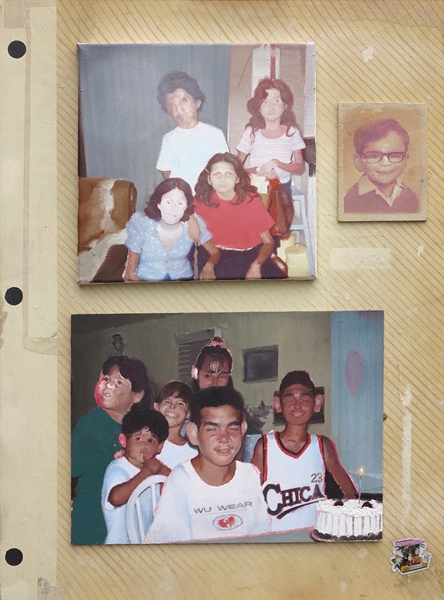Event Date(s):
November 23, 2024 – May 4, 2025
Event Location: Museum of Contemporary Art (MOCA)
Los Angeles, CA
Reexamining the postwar art movement of photorealism and tracing its lineages in art of the present day, Ordinary People: Photorealism and the Work of Art since 1968 includes more than forty artists (largely though not exclusively North American), spans the 1960s to the present, and features paintings, drawings, and sculptures. This historical, scholarly, group exhibition recovers the social art history of photorealism and complicates its meaning as a realism.
While photorealism is often regarded as an end–of figuration, of representation, and even of painting at the close of the 1960s–this timely exhibition recasts photorealism as beginning, arguing for its continued presence in contemporary art. It features canonical and under-recognized photorealists of the 1960s and ‘70s (Robert Bechtle, Vija Celmins, Chuck Close, Richard Estes, Audrey Flack, Duane Hanson, Idelle Weber); reconsiders well-known figures within photorealist frameworks (John Ahearn and Rigoberto Torres, Barkley L. Hendricks, Joan Semmel, Amy Sherald); and identifies younger generations of artists’ receptions of photorealism (Gina Beavers, Cynthia Daignault, Sayre Gomez, Vincent Valdez, Christine Tien Wang).
Ordinary People examines the representational politics of photorealist painting in the context of the recent rise of figurative portraiture, considering its key place in the ongoing remedial project to repopulate the museum with pictures of people and places historically excluded or disfigured. It further explores photorealism’s significance as painting of everyday life, and pulls apart the intrinsic tension between ordinary images and extraordinary artistic methods by focusing on relationships of labor, value, populism, and taste. As well, it takes seriously the myriad ways artists have deployed photorealism to entice viewers with a non-confrontational aesthetic often only to show images of painful historical events and social experiences that might otherwise be regarded as too difficult to look at, or too easy to ignore. Finally, the exhibition asserts the primacy of photorealism to critically think through the 21st-century attention economy’s glut of image production.
